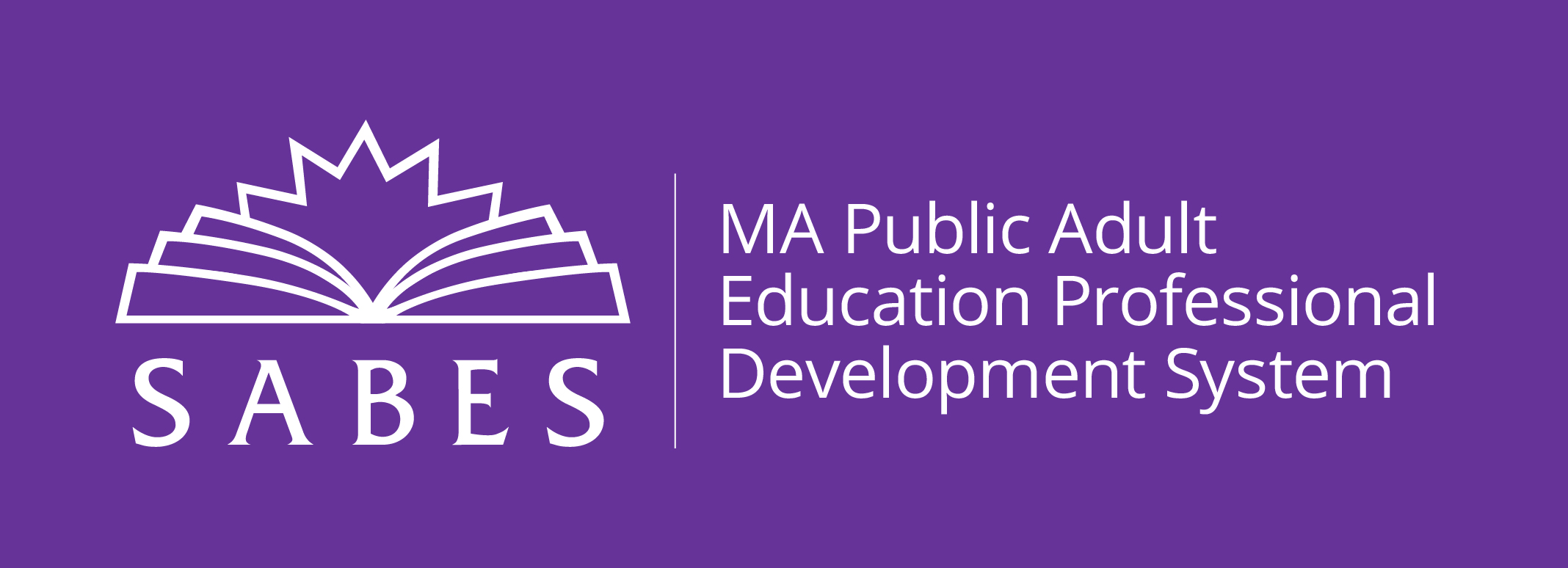
Adult education programs in Massachusetts include programs in corrections settings, and programs that work closely with learners involved in the carceral system (the entire system of law enforcement from all forms of monitoring to arrest, to the courts and through sentencing and release). The data show us how the carceral system disproportionately disenfranchises people of color, which means we need to ask ourselves, what does DEI look like in work with corrections and reentry? Working effectively in corrections to help learners engage and persist requires a unique toolkit of strategies and skills. Working with learners in reentry also demands an increased understanding of the impacts that incarceration and the carceral system have on the brain and a learner’s ability to engage and persist.
Teachers, advisors, and program directors can engage in learning opportunities to increase their own capacity to meet the unique needs of these learners. In the Effective Practices Aligned with Indicator of Program Quality (IPQ) #6, sub-indicator 6.3, staff are encouraged to seek opportunities to “build their knowledge about conditions that affect their students’ progress and to build skills to help address them. (These may include the effects of trauma, discrimination, violence, racism, poverty, incarceration, legal status, and spiritual/cultural beliefs.)”
Reentry, Learning, and the Brain:
To learn how to best work with justice-involved learners in our programs, the SABES PSPDC collaborated with Stacy Seward to offer a session on Reentry, Equity, and Transformative Justice in Adult Education: Strategies for Working with Justice-Involved Individuals. Stacy defined important terms for this work in a Glossary of Terms for Reentry. She explained the biopsychological impact experienced by students caught in the carceral system, and told us how to recognize the unique ways this trauma affects learning and engagement. She presented transformative justice practices as a way to engage all learners in inclusive, preventative, and supportive ways to help them persist. She asked, “When thinking about working with those in reentry and involved in the justice system, what areas do you need most?” Answers included: “safety in the classroom,” “connecting with reentry populations,” “dealing with trauma’s manifestation in real-time,” “understanding reentry populations,” and “addressing trauma and its impact on learning.”
What You Can Do Now
- Identify three key elements that foster trust and safety in the classroom to promote the creation of transformative spaces for all students.
- Develop concrete responses to incarceration-related traumas that manifest in the learning environment.
- Check the SABES Calendar for new PD offerings, such as an upcoming spring offering on Implementing Restorative Justice in the Classroom.
- Check out The Change Agent, a publication by and for adult learners. The magazine has compiled a host of learning activities, deep discussions, and voices of justice-involved individuals in their Prisons and Justice? issue. World Education, Inc.’s EdTech Center offers access to self-paced courses, including one on Examining Social Issues in the Classroom with The Change Agent. Other topics addressed by The Change Agent include Taking Action to Stay in School and Tales of Resilience. Subscriptions are free for Massachusetts.
- Check out this guide, published by the National Institute of Corrections, about how motivational interviewing can be used by educators in all correctional settings, including intake to case planning, monitoring and sanctioning, final case termination, and transition: Motivational Interviewing in Corrections: A Comprehensive Guide to Implementing MI in Corrections.


